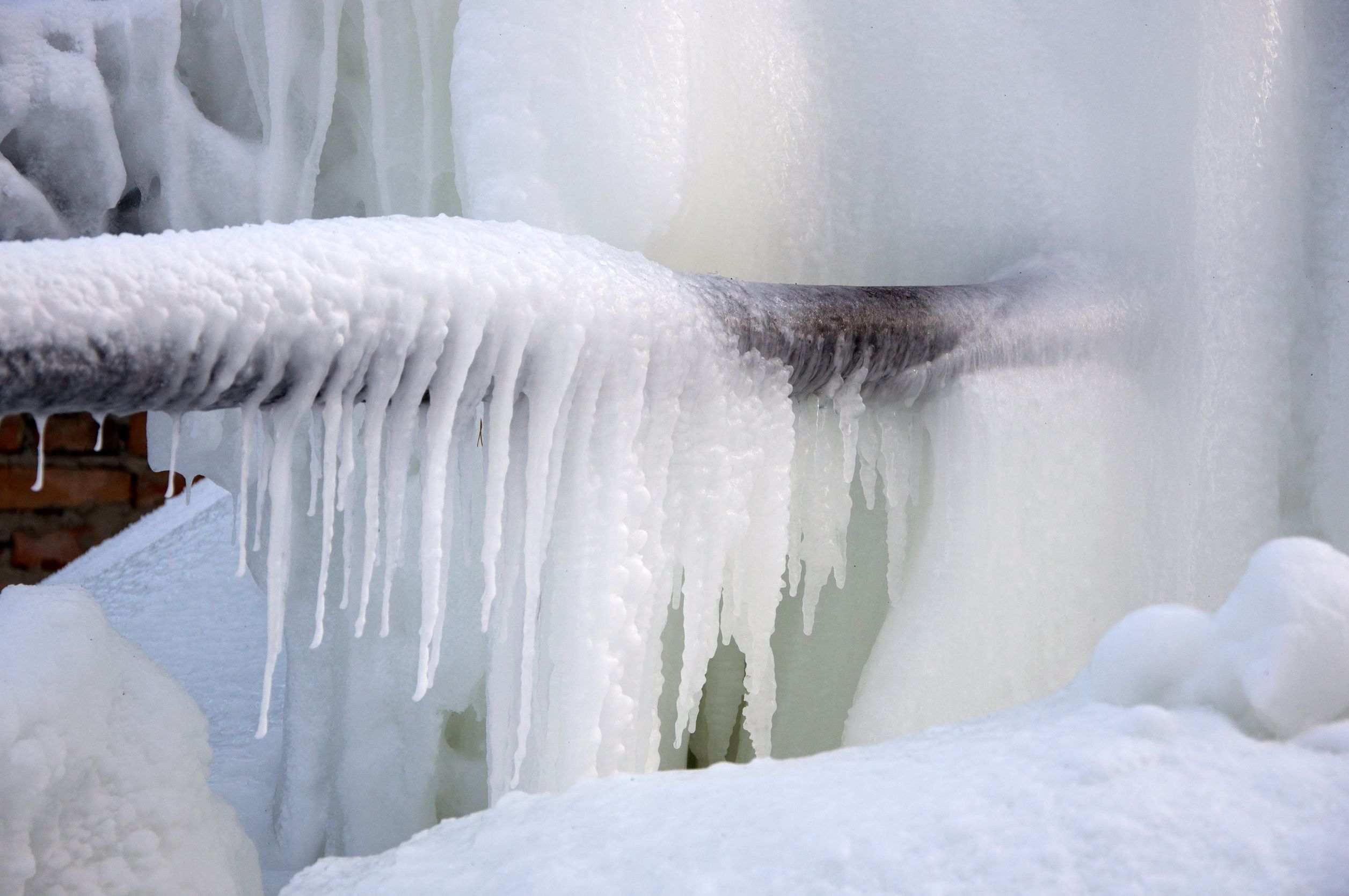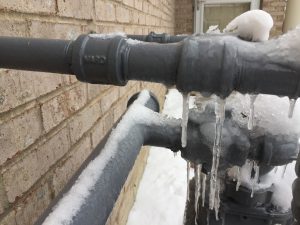Protecting Against Frozen Pipes: Best Methods for Cold Weather
Protecting Against Frozen Pipes: Best Methods for Cold Weather
Blog Article
Almost everyone has their own unique idea about Prevent Frozen Pipes .

Winter can damage your plumbing, especially by freezing pipes. Here's how to avoid it from occurring and what to do if it does.
Introduction
As temperature levels decrease, the risk of icy pipes boosts, potentially causing costly repairs and water damage. Understanding how to prevent frozen pipelines is important for property owners in cool environments.
Recognizing Frozen Pipelines
What creates pipes to freeze?
Pipes freeze when subjected to temperature levels below 32 ° F (0 ° C) for prolonged durations. As water inside the pipelines freezes, it expands, taxing the pipe walls and potentially triggering them to rupture.
Dangers and damages
Frozen pipelines can bring about water system disruptions, building damages, and expensive repair work. Burst pipelines can flooding homes and trigger comprehensive architectural damage.
Indicators of Frozen Pipeline
Recognizing frozen pipelines early can prevent them from rupturing.
How to determine icy pipes
Try to find lowered water flow from faucets, uncommon smells or noises from pipes, and noticeable frost on revealed pipes.
Prevention Tips
Protecting at risk pipes
Wrap pipes in insulation sleeves or utilize warm tape to secure them from freezing temperature levels. Concentrate on pipelines in unheated or exterior areas of the home.
Home heating techniques
Keep indoor rooms properly heated, especially areas with pipes. Open cupboard doors to allow warm air to circulate around pipes under sinks.
Securing Outside Pipes
Yard tubes and outside taps
Separate and drain garden hose pipes before winter season. Set up frost-proof faucets or cover outdoor faucets with insulated caps.
What to Do If Your Pipes Freeze
Immediate actions to take
If you think frozen pipes, keep faucets open to ease pressure as the ice melts. Use a hairdryer or towels soaked in warm water to thaw pipelines slowly.
Long-Term Solutions
Structural adjustments
Consider rerouting pipelines away from exterior wall surfaces or unheated locations. Add added insulation to attic rooms, cellars, and crawl spaces.
Upgrading insulation
Invest in top notch insulation for pipelines, attics, and walls. Appropriate insulation aids keep consistent temperatures and minimizes the threat of icy pipelines.
Verdict
Preventing frozen pipes needs proactive actions and quick responses. By recognizing the reasons, signs, and safety nets, property owners can protect their pipes during winter.
5 Ways to Prevent Frozen Pipes
Drain Outdoor Faucets and Disconnect Hoses
First, close the shut-off valve that controls the flow of water in the pipe to your outdoor faucet. Then, head outside to disconnect and drain your hose and open the outdoor faucet to allow the water to completely drain out of the line. Turn off the faucet when done. Finally, head back to the shut-off valve and drain the remaining water inside the pipe into a bucket or container. Additionally, if you have a home irrigation system, you should consider hiring an expert to clear the system of water each year.
Insulate Pipes
One of the best and most cost-effective methods for preventing frozen water pipes is to wrap your pipes with insulation. This is especially important for areas in your home that aren’t exposed to heat, such as an attic. We suggest using foam sleeves, which can typically be found at your local hardware store.
Keep Heat Running at 65
Your pipes are located inside your walls, and the temperature there is much colder than the rest of the house. To prevent your pipes from freezing, The Insurance Information Institute suggests that you keep your home heated to at least 65 degrees, even when traveling. You may want to invest in smart devices that can keep an eye on the temperature in your home while you’re away.
Leave Water Dripping
Moving water — even a small trickle — can prevent ice from forming inside your pipes. When freezing temps are imminent, start a drip of water from all faucets that serve exposed pipes. Leaving a few faucets running will also help relieve pressure inside the pipes and help prevent a rupture if the water inside freezes.
Open Cupboard Doors
Warm your kitchen and bathroom pipes by opening cupboards and vanities. You should also leave your interior doors ajar to help warm air circulate evenly throughout your home.

I was made aware of that article on 6 Ways to Prevent Frozen Pipes from an associate on a different web blog. Are you aware of anybody else who is looking into the niche? Be sure promote it. I value your readership.
Instant Quote Report this page